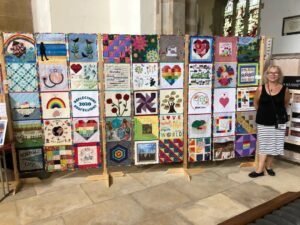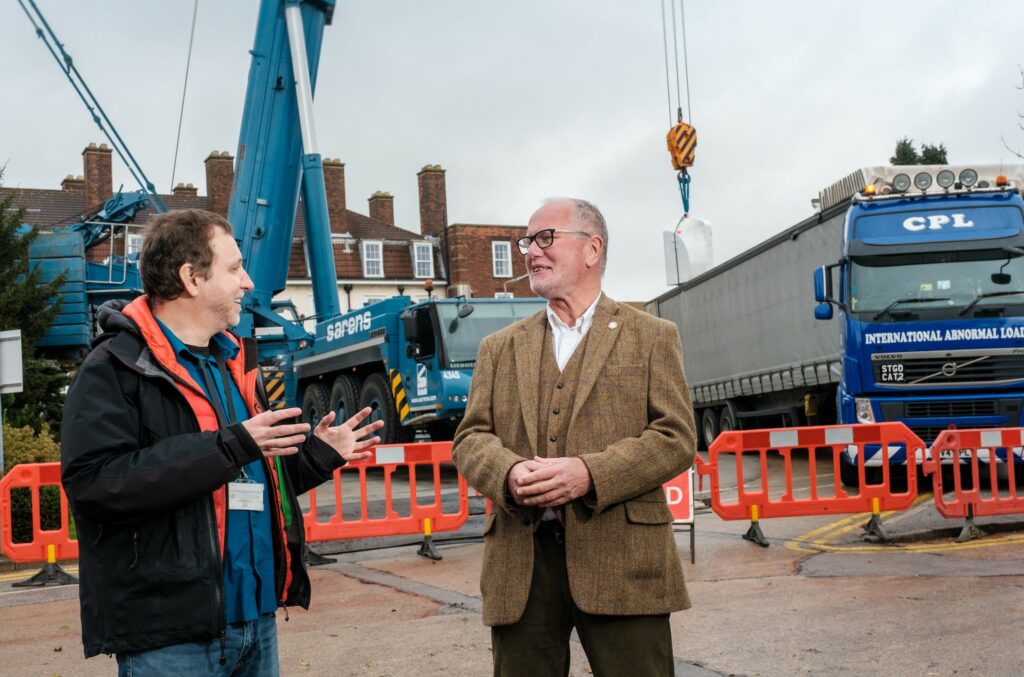NHS England/NHS Improvement and relevant hospital Governors have approved the appointment of Sean Lyons as the new joint Chair at Hull University Teaching Hospitals NHS Trust (HUTH) and Northern Lincolnshire and Goole NHS Foundation Trust (NLaG). He will take up his post from 1st February 2022.
Sean will replace former Chair Terry Moran who stepped down from his post in July 2021. Since that time the role of Acting Chair for NLaG and HUTH has been filled by Vice Chairs, Linda Jackson and Stuart Hall respectively.
Sean has a wealth of experience to bring to the role, including as Chair of the Board of Directors at Sherwood Forest Hospitals NHS Foundation Trust and as current Chair of Lincolnshire Clinical Commissioning Group.
He has worked within large and complex organisations and helped to drive and sustain change and transformation including turnaround situations as a Chairman. His role at Sherwood Forest Hospitals was especially complex, due to the level of regulatory scrutiny it faced from performance challenges. Sean’s private sector career was mostly across manufacturing and the steel industry, where he worked in leadership roles at several complex organisations, including as the site director at Scunthorpe Steelworks.
His knowledge of the NHS and experience in transforming organisations will be beneficial as the two trusts continue to develop their joint working across the Humber region as part of the Humber Coast and Vale Integrated Care System (ICS).
Although he currently lives in Worksop Sean was born and bred in Scunthorpe and as such is familiar with this region, its strengths and its challenges.
Sean said: “I am passionate believer in the NHS and its principles, and I am excited by this opportunity. As a native of Scunthorpe , and having spent a considerable time working in the town, I believe I have a feel and an emotional attachment to the Humber area and I would like to think I could provide the leadership that the two trusts require.
“I will bring my enthusiasm and experience to support improvements to the quality of care provided, and the efficiency of resources as well as leading the trusts as they develop their role within the Humber Coast and Vale Integrated Care System.
“It is clear that there are significant strategic, quality and finance difficulties to be addressed however I believe in the people within the NHS , and it will be my privilege to be part of the continuing improvement journey.”
Chris Long, HUTH Chief Executive, said: “I would like to take this opportunity to welcome Sean to the Trust. He has a wealth of experience, which will be extremely valuable to us, and we are looking forward to working with him and the focus on improvement and transformation that he will bring with him.
“I would also like to offer my personal thanks, and those of the entire Trust Board, to Stuart Hall for filling the role of Chair at HUTH following the announcement that Terry Moran would be stepping down during the summer. Stuart has shown all of the professionalism and capability in that role that we knew he would and I look forward to continue working with him in his capacity as Deputy Chair and Non-Executive Director for our trust.”
Peter Reading, Chief Executive at NLaG, said: “I welcome Sean to the Trust and to his joint Chair role. He joins the trusts at a crucial time as we continue to work more closely together and look to seek capital to invest in our hospital buildings and digital infrastructure. He brings knowledge, experience and real passion for our local area. I would like to take this opportunity to thank Linda Jackson who has done a tremendous job chairing the trust through much of this year since the departure of Terry Moran. I look forward to working with Sean, Linda and the rest of the non-executive directors in what is a very exciting and challenging time for the Trust.”

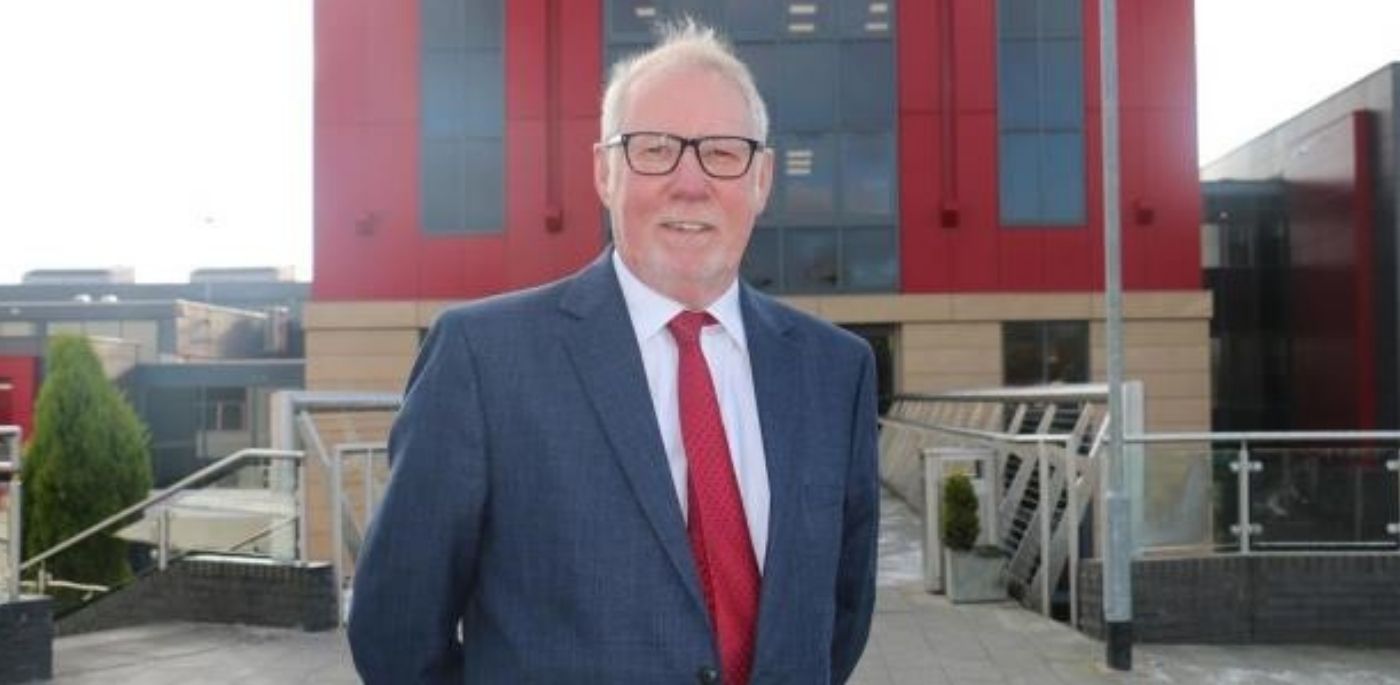

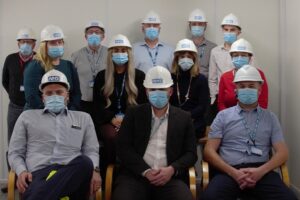
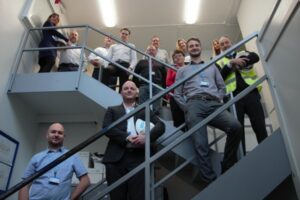 Since March this year, major projects have been completed including the £3m reconfiguration of the ground floor of Hull Royal Infirmary featuring the relocation of the Pharmacy Department, the patient discharge lounge and the reconfiguration of the Acute Medical Unit.
Since March this year, major projects have been completed including the £3m reconfiguration of the ground floor of Hull Royal Infirmary featuring the relocation of the Pharmacy Department, the patient discharge lounge and the reconfiguration of the Acute Medical Unit.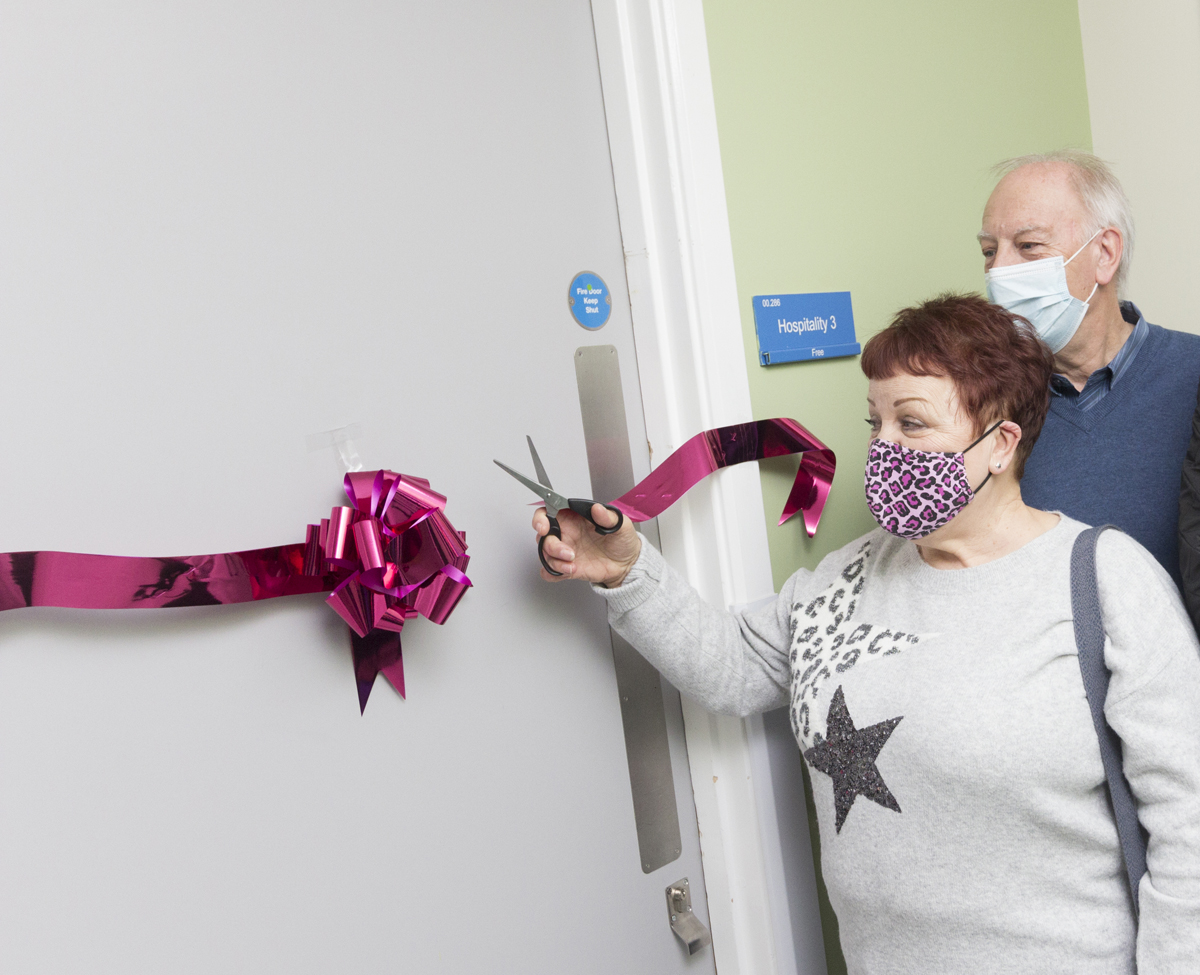

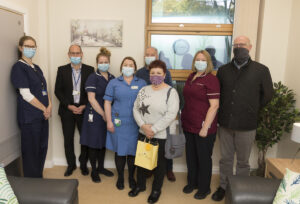
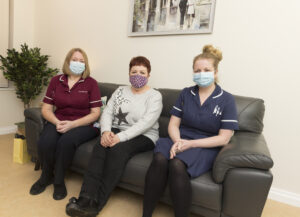
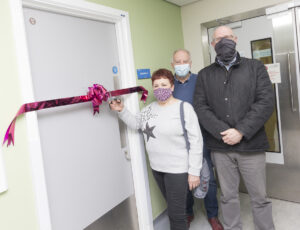


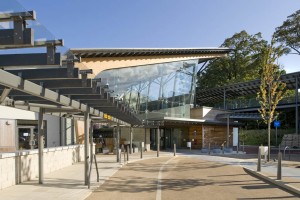
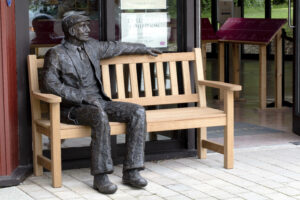
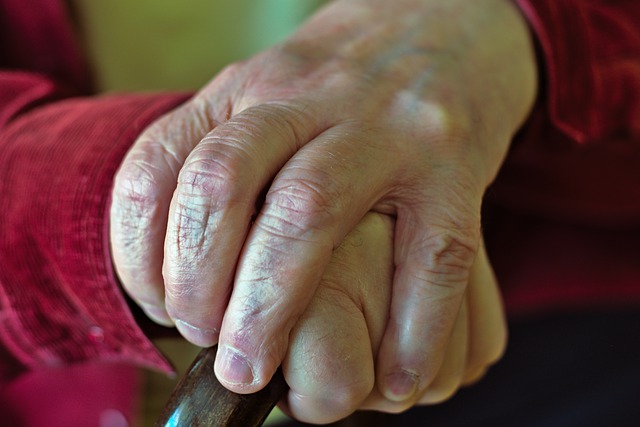
 The team, based at the Jean Bishop Centre in East Hull, was also named winners of the “Innovation in Practice” by the network, which has 7,000 members and is seen as the driving force behind improvements in the care of people with Parkinson’s and frailty.
The team, based at the Jean Bishop Centre in East Hull, was also named winners of the “Innovation in Practice” by the network, which has 7,000 members and is seen as the driving force behind improvements in the care of people with Parkinson’s and frailty.

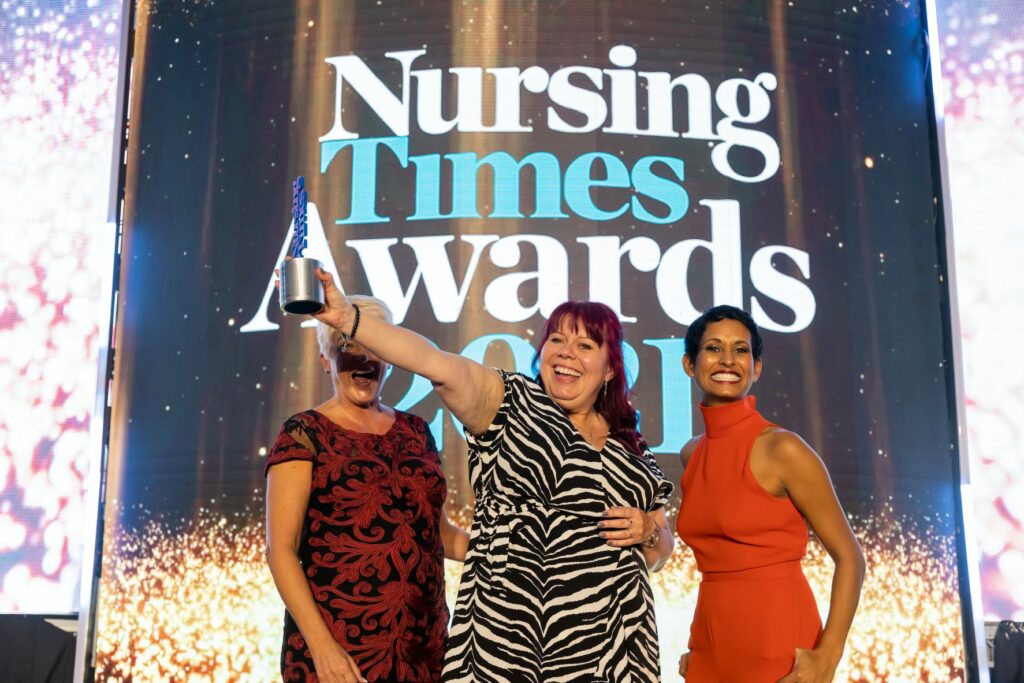
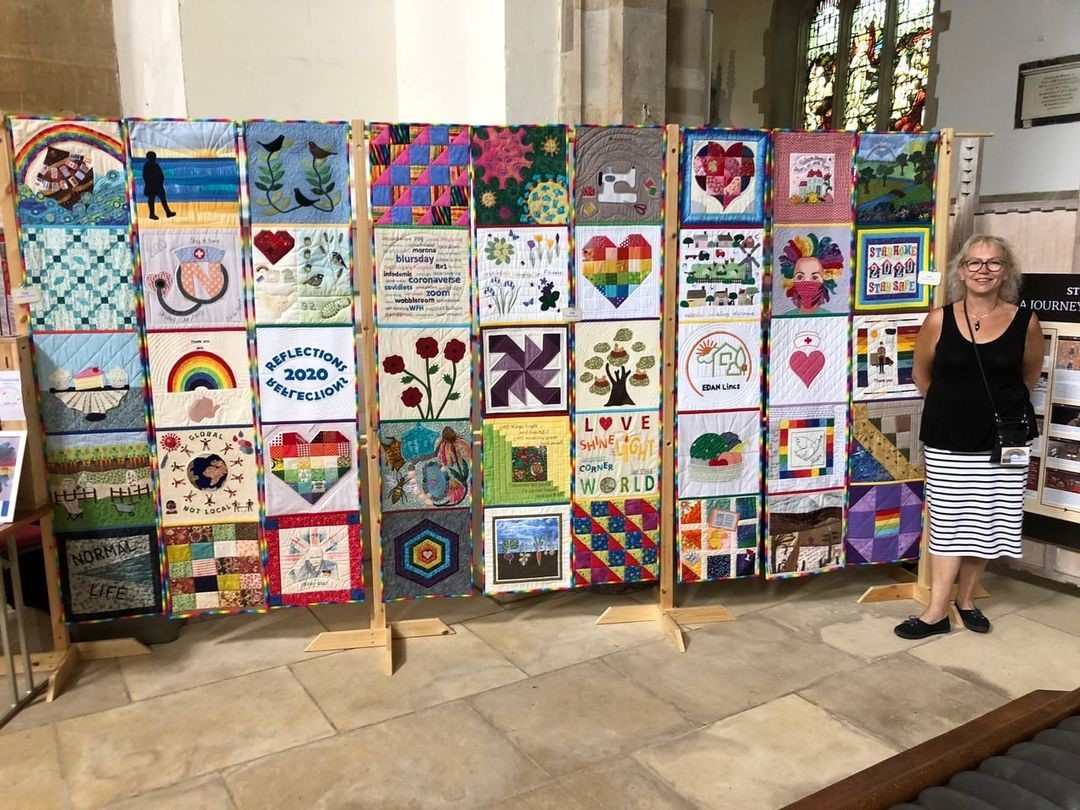
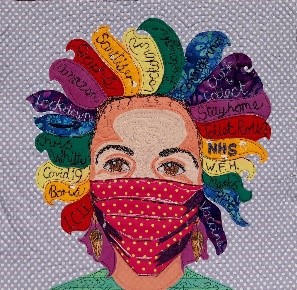 Helen said: “My husband Paul received chemotherapy and radiotherapy treatment at the Queen’s Centre between December and January.
Helen said: “My husband Paul received chemotherapy and radiotherapy treatment at the Queen’s Centre between December and January.  “Most participants knew one person in the group, nobody knew everyone, yet all were united by their love of sewing and the desire to create something special.”
“Most participants knew one person in the group, nobody knew everyone, yet all were united by their love of sewing and the desire to create something special.”